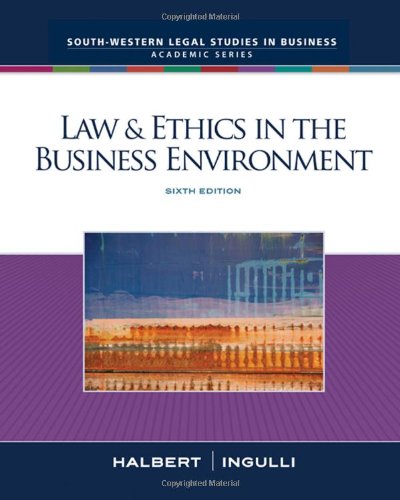A computer system administrator for Qualcomm discovered that someone had hacked into the companys computer network. The
Question:
A computer system administrator for Qualcomm discovered that someone had hacked into the company’s computer network. The FBI traced the intrusion to a computer on the University of Wisconsin network, and contacted the university’s computer help desk. They in turn discovered that someone using a university-networked computer had gained access to the Mail2 server, which processed 250,000 e-mails a day for some 60,000 individuals on campus. Fearing that a shutdown of e-mail would wreak havoc, the campus administrator, Savoy, instead traced the source of intrusion: a computer used regularly to check the e-mail of Jerome Heckenkamp, a student who had once worked for computer services. Without a search warrant and without informing its owner, Savoy logged onto the computer for 15 minutes, determined it was the source of the hacking, and shut down its access to the campus e-mail system. Savoy then contacted Heckencamp, took a statement from him, copied his hard drive and gave both to the FBI. They used that evidence to get a search warrant, seized the computer and searched Heckenkamp’s room. What violations of privacy occurred in this scenario?
What arguments can you make that the following were justified:
(a) the remote search of Heckenkamp’s computer;
(b) the image of Heckenkamp’s hard drive;
(c) the FBI seizure of the computer. United States v. Heckenkamp, 482 F.3d 1142 (9th Cir. 2007).
Step by Step Answer:

Law And Ethics In The Business Environment
ISBN: 9780324657326
6th Edition
Authors: Terry Halbert , Elaine Ingulli





